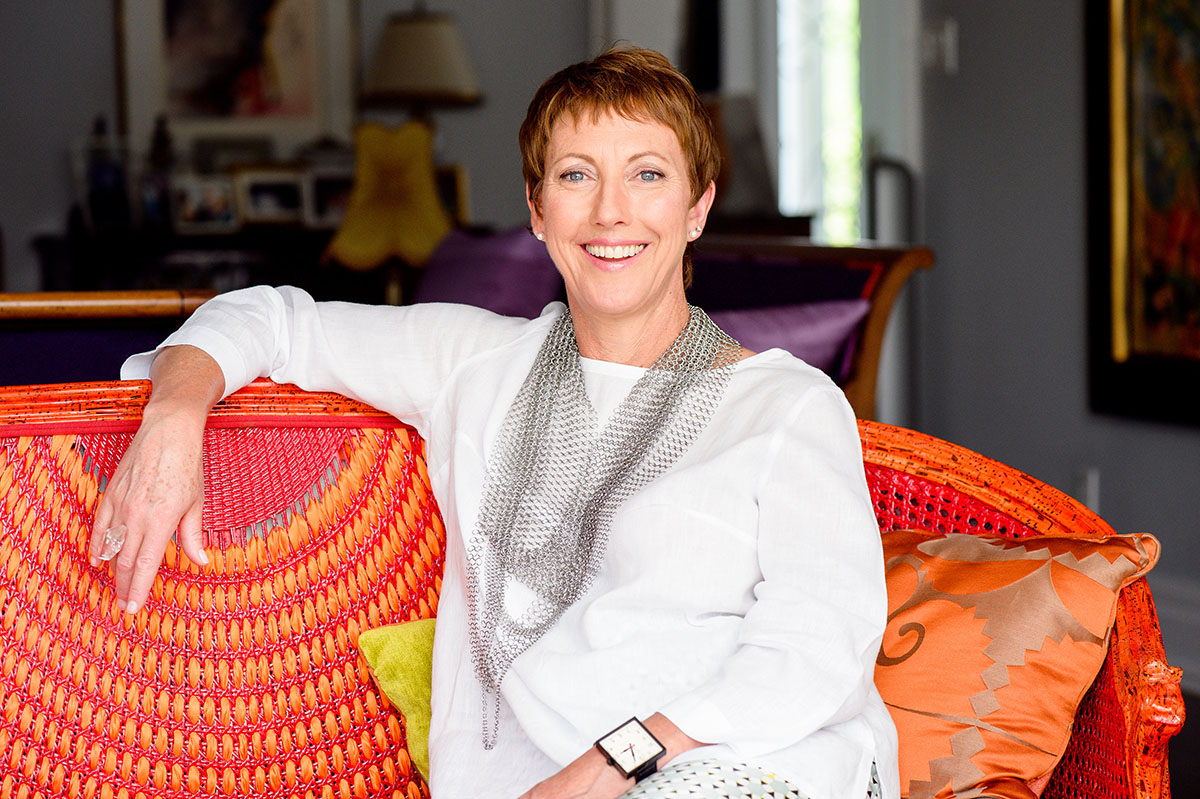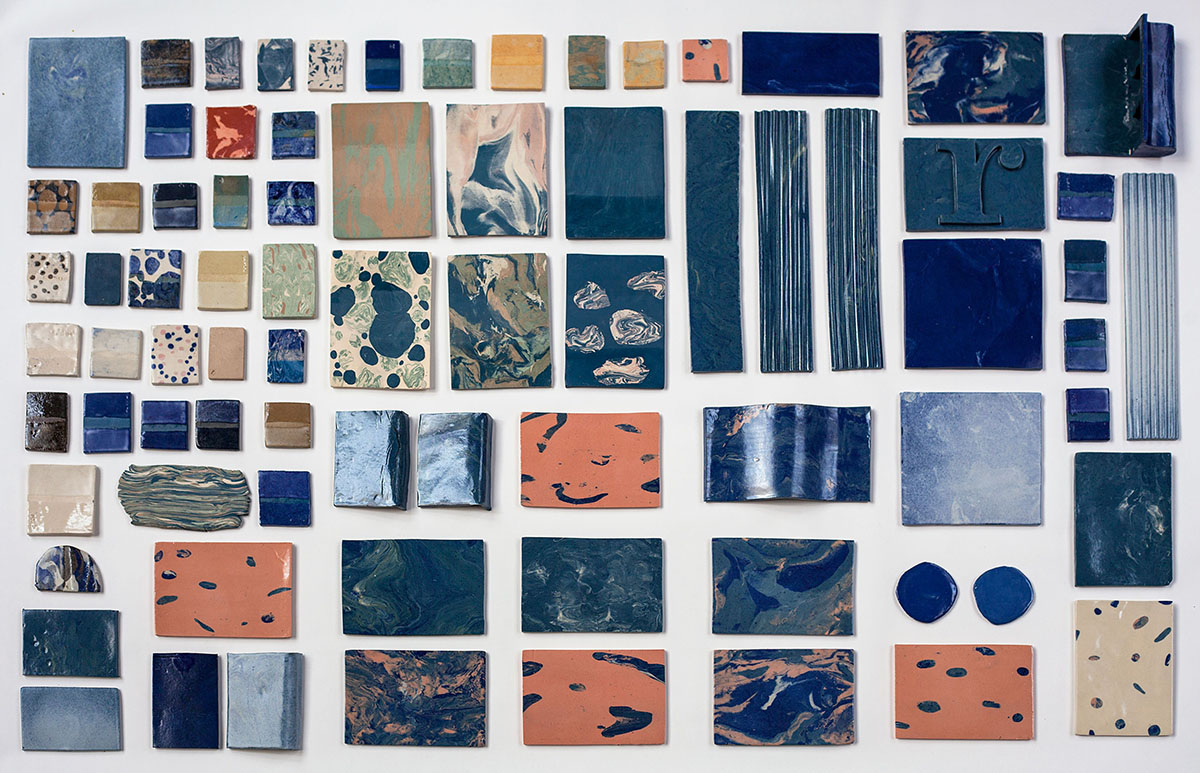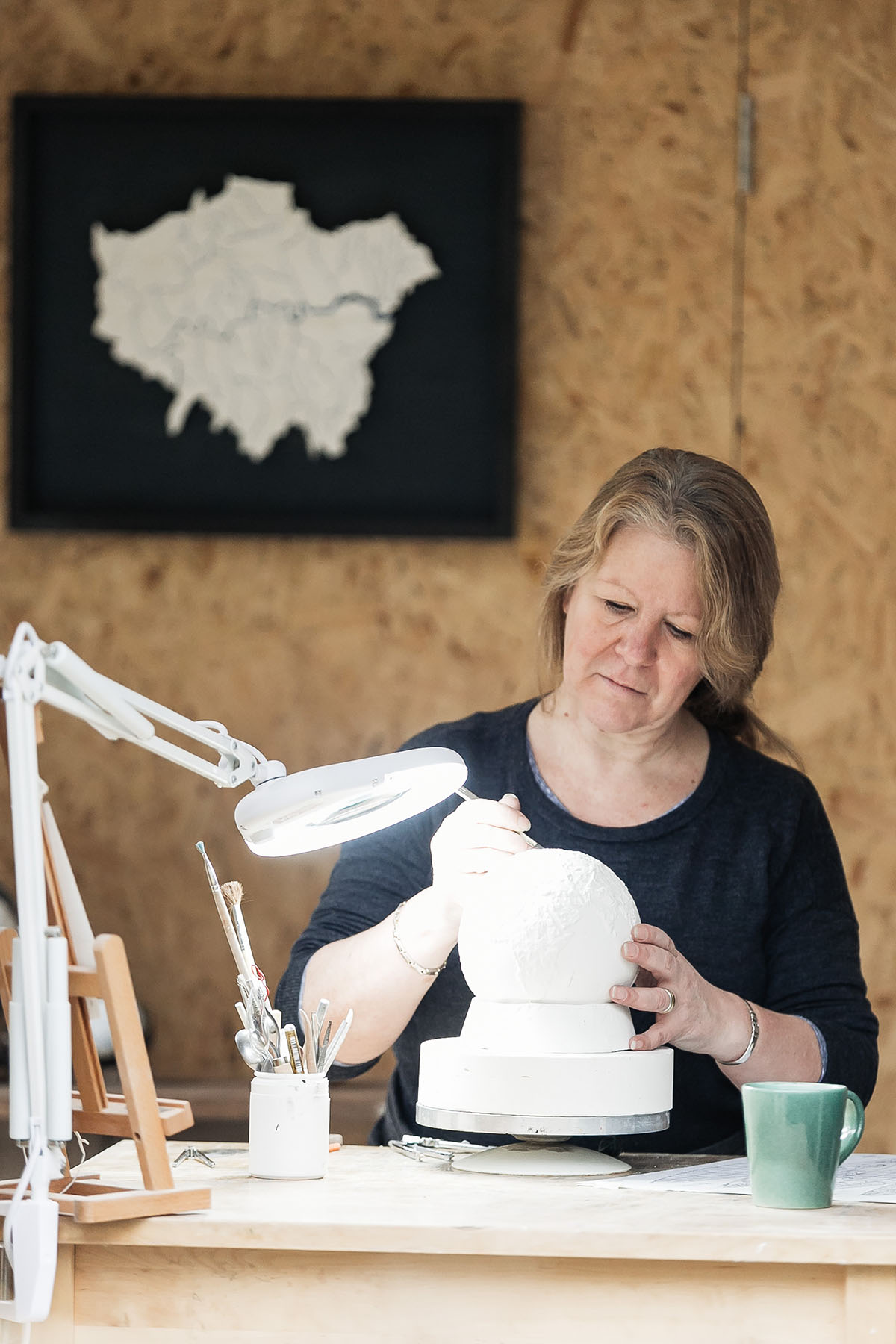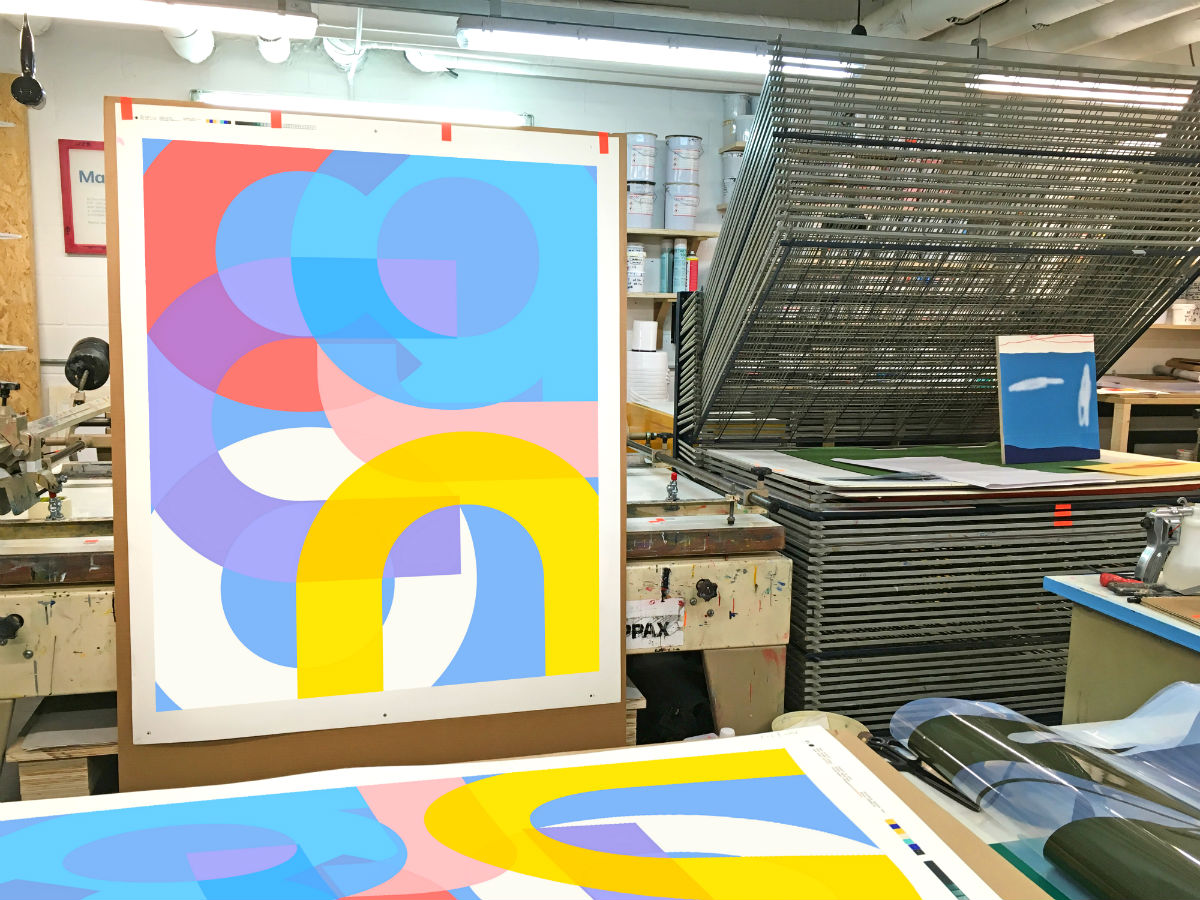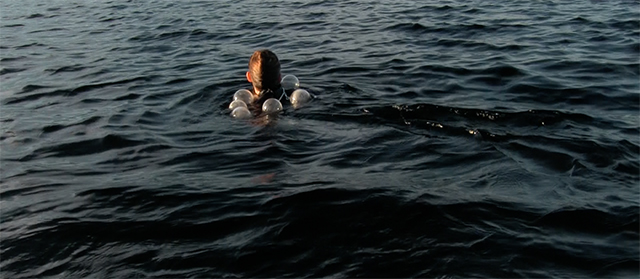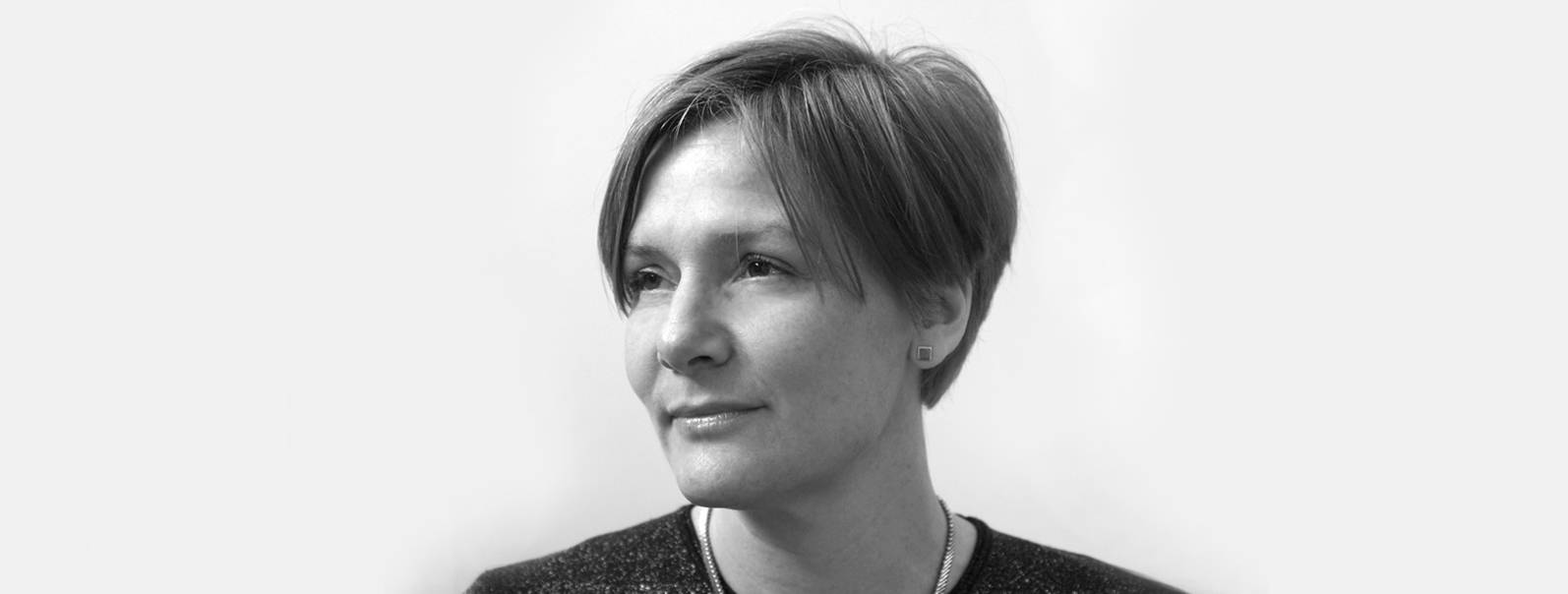
“As always, the London Craft week programme deserves close attention and an afternoon armed with a highlighted pen and post it notes.
There is such variety across the programme, and it has spread from its Mayfair heartland into nooks and crannies across the city. This year my attention has been piqued by three strong themes emerging through the programme – a growing emphasis on international craft representation, the emergence of new and exciting craft voices, and opportunities to explore craft behind the velvet rope – spaces that are not normally accessible or widely open to the general public.”
1. LOEWE: Baskets Live Demonstrations by Shizu Designs
Jonathan Anderson’s championing of craft at LOEWE has been a gamechanger. The basket installation at Milan was one of the highlights & so the opportunity to get up close to the work of Shizu Designs will be a must-see in London.
.jpg)
2. Heal’s x Gifu Japanese Craft Market
For the latest edition of the Heals Modern Craft market, the team have gone to Japan and curated a selection of work and workshops from independent producers from the Gifu region. The result is a 13 strong collection of varied work from modern and traditional makers, with plenty of opportunities to immerse yourself in the process through a series of fun and affordable workshops.
3. Bobby Mills at New Road Residence New
I’m excited to see Bobby’s furniture – all made by hand using a woodturning lathe. It has a real elegance and lightness of touch that suggests he is an exciting maker to watch develop.
4. The New Craftsmen: Processing Lichen by Charlotte Kingsnorth
These extraordinary new bronze patinated tables and mirrors are inspired by patterns of lichen and are developed by layering chemicals & pigments to a heated bronze surface. Her works will be showcase alongside a selection of works co-curated by Charlotte.
.jpg)
5. Tour of Building Crafts College
As a local resident, a visit to this college is long overdue so this is the perfect time to visit. Founded by the Worshipful Company of Carpenters in 1893, this space consistently trains up brilliant craftspeople across a range of disciplines. As it becomes more and more challenging to sustain making spaces in cities, it’s worth highlighting the kind of spaces that do still exist.
6. Making the Modern Using the Traditional: The Materiality of Mosque and Church
The tragedy of Notre Dame is a timely reminder of the role that religion – of all faiths – has played in commissioning extraordinary craftsmanship across history. Shahed Saleem, architect of East Hackney Mosque, and Alex Sherratt, architect of Mildmay Shoreditch Tabernacle offer a site visit to two new religious buildings, sharing insights on what it means to make a religious building in London capturing community identity today.
7. Real to Reel: The Craft Film Festival
And finally, the Crafts Council’s own contribution to London Craft Week includes Real to Reel: The Craft Film Festival. Now in its fourth year the festival returns to Picturehouse Central on 7 and 8 May with a different programme of short films each evening. Real to Reel is also supporting a special installation Screen for Another Focus by David Penny at The Future of Craft at Bargehouse, Oxo Tower Wharf from 9-12 May. The triptych installation blurs video and photography to interpret the extraordinary craftsmanship of the weavers at Dovecot Tapestry Studio.


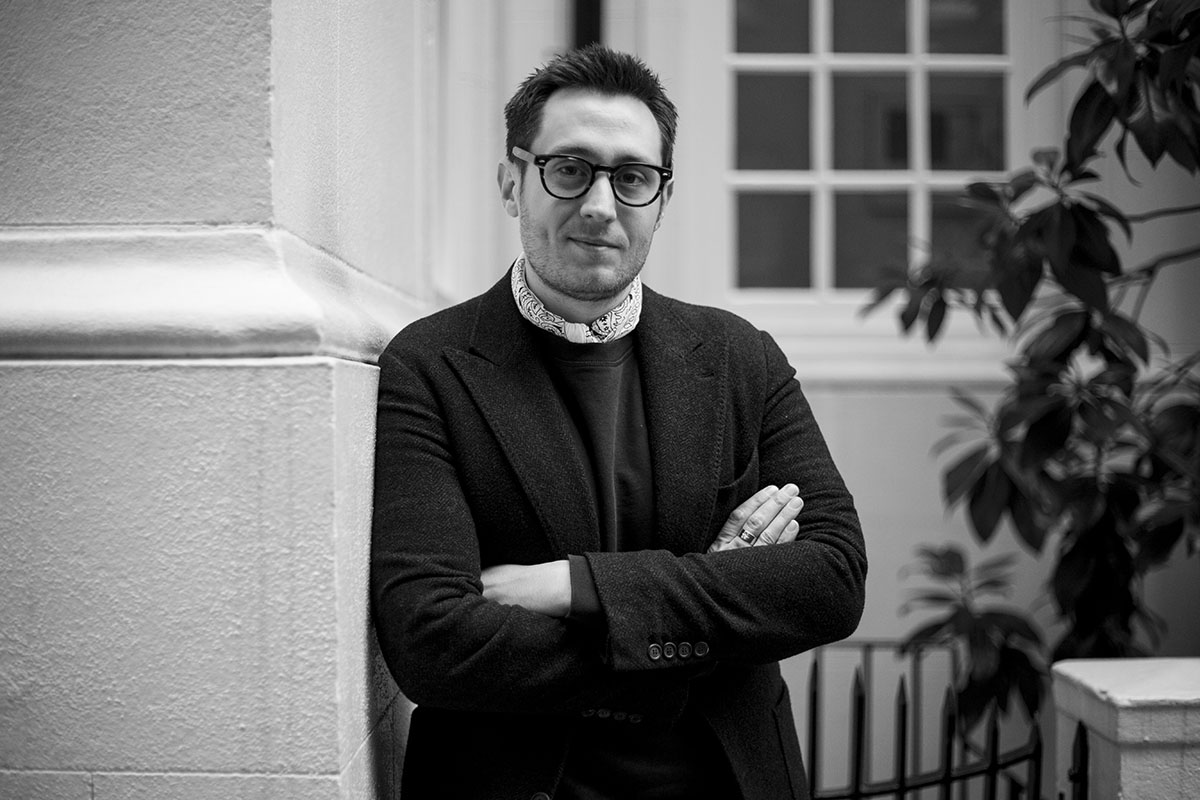




.jpg)


